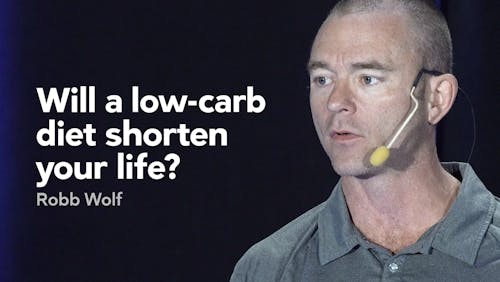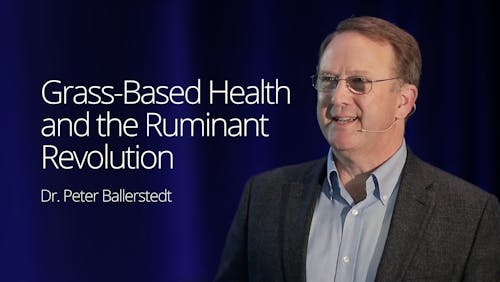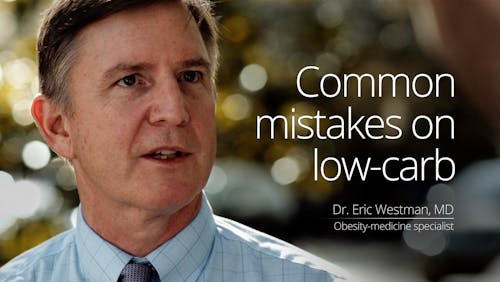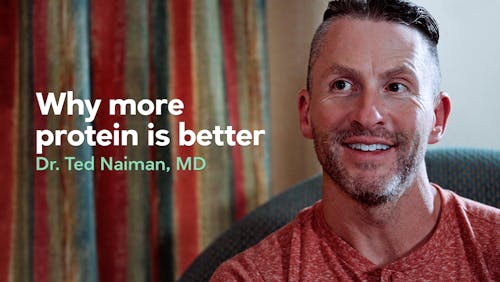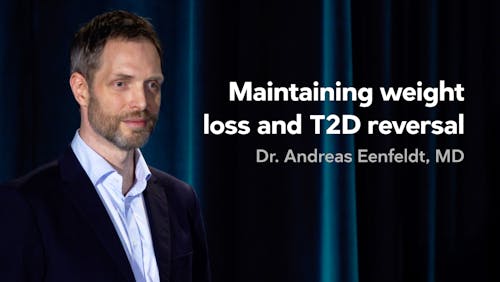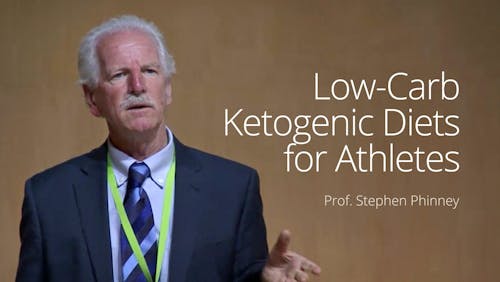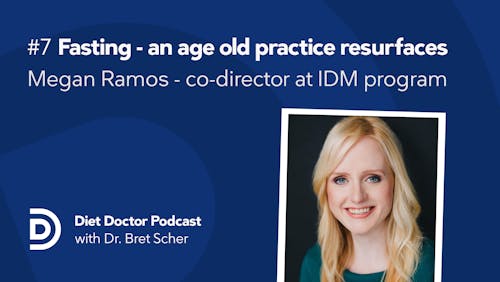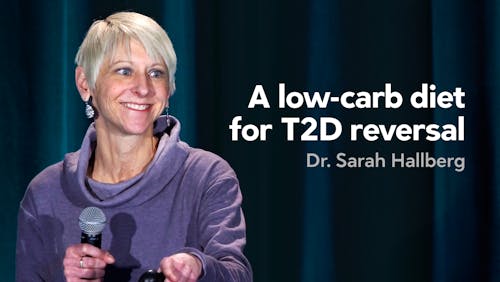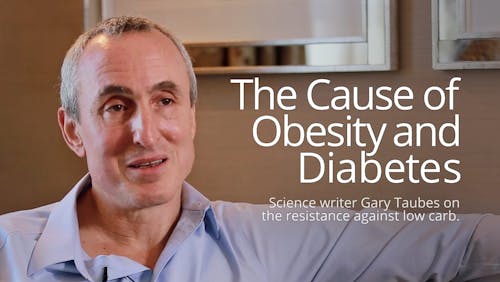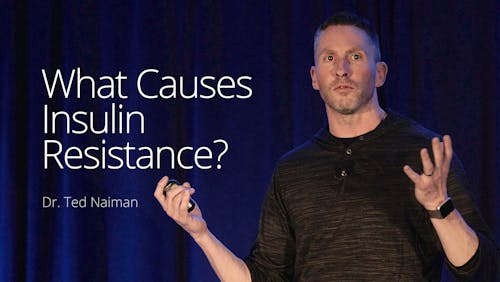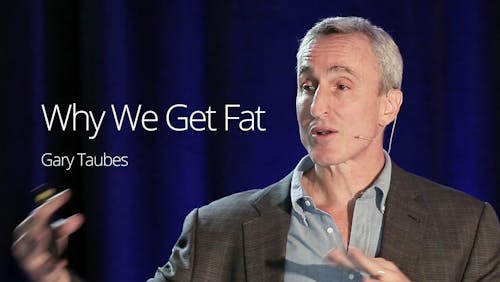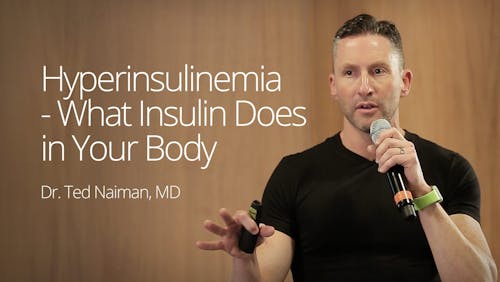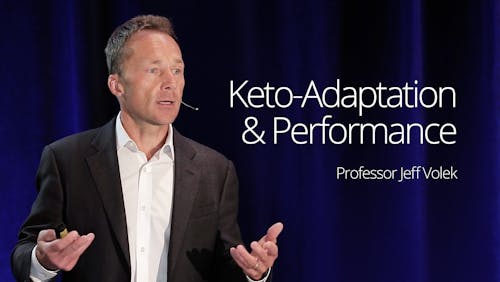Is more fasting always better?
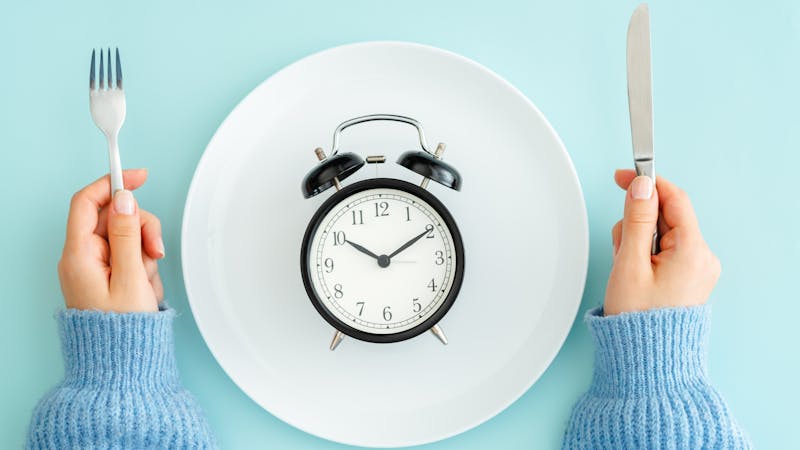
Time-restricted eating and intermittent fasting have seemingly taken the world by storm and have become popular tools to promote weight loss and insulin sensitivity. We cover many different versions of time-restricted eating in our guide written by Dr. Ted Naiman.
But, as the science on this topic grows, we have to ask ourselves, what is the optimal approach? One study showed health benefits from a 14:10 (14 hours fasting and 10 hours eating) schedule, while other common approaches are 16:8, 18:6 and 20:4 (the so-called Warrior Diet) also show promise.
Unfortunately, we lack scientific studies directly comparing different fasting regimens.
Until now.
A recent study published in Cell Metabolism randomized 58 obese adults into three groups: restrict eating to a four-hour window (20:4, or eating between 3 pm and 7 pm), restrict eating to a six-hour window (18:6, or eating between 1 pm and 7 pm), or a control group with no change in their eating pattern or diet. Importantly, none of the subjects were instructed to change what they ate or how much they ate. They were simply directed when to eat.
After eight weeks, both the four- and six-hour groups spontaneously reduced their caloric intake by about 550 calories per day, while the control group reduced its intake by only 100 calories. The two fasting groups also lost an average of 3.2% of their body weight, while controls did not lose weight.
While this weight loss was mostly fat mass, interestingly, participants who practiced time-restricted eating also lost some lean mass (about 1 kg) as well.
The two fasting groups also had significant improvements in the Homeostatic Model Assessment of Insulin Resistance (HOMA-IR, a measure of insulin resistance) results, with a 29% improvement in the four-hour group and 12% improvement in the six-hour group. The difference between these groups was not significant, but they were both significantly better than the 3.5% worsening of HOMA-IR results in the control group.
This brings up one of the potential weaknesses of the study: the small sample size. On the surface, the HOMA-IR changes seem to favor the four-hour group, but it wasn’t enough to be statistically significant. Would a larger cohort show a more meaningful difference? That remains to be seen.
Similarly, the four- and six-hour groups reduced their systolic blood pressure by 5 mmHg, while the control group’s systolic readings rose by 3 mmHg.
Despite the apparent difference, these were also not statistically significant. The authors admit their study was “not properly powered” to detect a difference, and they refer to many existing studies that have shown significant blood pressure improvements with time-restricted eating.
One other big difference was the effect on 8-isoprostane, a marker of lipid oxidative stress. This marker went down by about 35% in the four- and six-hour groups with no change in the control group. This is in contrast to inflammatory markers such a TNF-alpha and IL-6, which were unchanged among the groups.
So, it appears fasting may specifically effect lipid oxidation, even without impacting general inflammation. That could be important, as oxidized low-density lipoprotein (LDL) tends to be more concerning that non-oxidized LDL for its impact on heart disease.
What about side effects? There was a slight increase in mild dizziness, nausea, headache and diarrhea with both the four- and six-hour groups which peaked at week 2 and improved after that.
Overall, this study was a good first step. The conclusions seem to suggest there are similar health benefits from a 20:4 and an 18:6 eating pattern, but there are still many unanswered questions.
What about a 16:8 or a 14:10? Would a larger sample size have uncovered a greater difference in insulin resistance? Also, are the benefits from the weight loss alone, or does the fasting period add additional benefits?
What about the loss of lean body mass? Would that continue or would muscle mass revert back to baseline?
While this study did not address these questions, we hope this is just the beginning of a wave of studies designed to help us define the optimal patterns of time-restricted eating and intermittent fasting.
For now, we can rest assured that restricting when you eat is a safe, effective, and fairly easy intervention that produces meaningful health benefits.
Thanks for reading,
Bret Scher, MD FACC
Earlier
How the US dietary guidelines continually fall short


